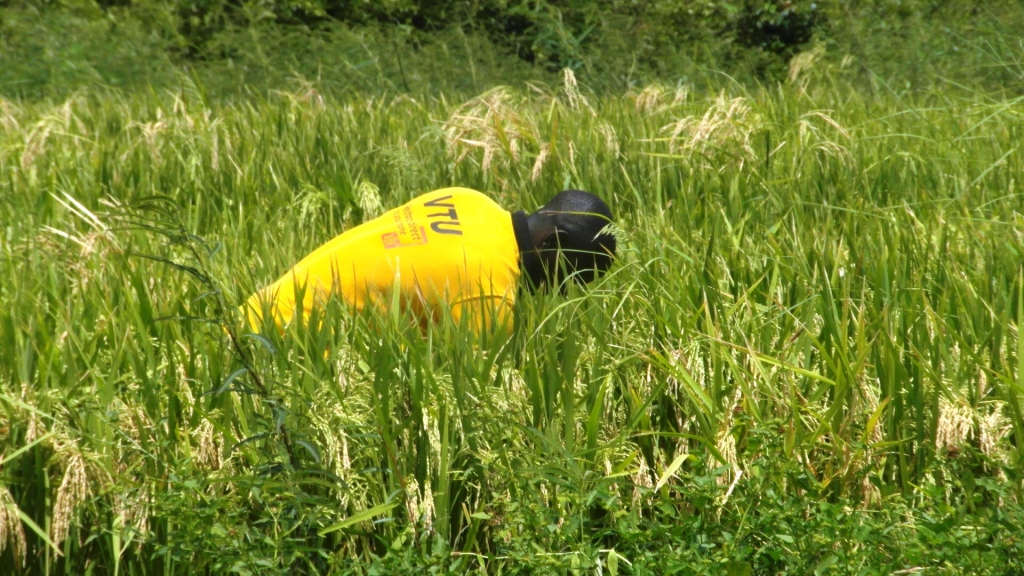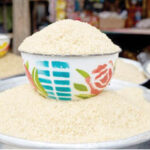Rice production has witnessed exponential growth since Nigeria’s independence on October 1, 1960. Unlike groundnut, cocoa, oil palm, etc. that have declined to worrisome and pathetic states since the discovery of crude oil, rice has been in the upward trajectory.
Although getting reliable statistics about Nigeria’s agricultural production have been very challenging, data from the United States Department of Agriculture (USDA) and other UN agencies like the Food and Agricultural Organisation (FAO) on the country’s production trends show upward movement.
- Despite Hitches, Rice Value Chain Is Goldmine In Benue
- Maize Farmers Angry With State Of Silos In Rivers
In 1960, Nigeria’s rice production stood at 239,000 metric tonnes and the country’s population was 45.1 million, and by 1970, production went up to 284,000 metric tonnes and the population grew to 55.9 million.
Despite the oil boom of the 1970’s which took the attention of leaders away from agriculture and which led to the neglect and collapse of cash crops like cocoa, oil palm and groundnut, rice production kept increasing. Production rose from 284,000 metric tonnes in the 1970’s to 523,000 metric tonnes in 1980.
By 1990, the country’s demand for rice grew as the population grew to 73.4 million and production almost doubled; which stood at 1.5 million tonnes.
At the dawn of the new millennium in 2000, the domestic production hit 1.9 million tonnes.
With more local demand driven by population increase and households’ changing consumption patterns and social status at events across the country, the nation’s production grew to 2.8 million metric tonnes in 2010.
When President Muhammadu Buhari took over in 2015, production increased from 2.9 to 4.1 million tonnes in 2016; thanks to the launch of the Anchor Borrower Programme (ABP).
Since 2016, rice production capacity grew further to 5.04 million tonnes by the end of 2019, it reached about eight million tonnes of paddy, about 4.8 million tonnes of milled rice, but the projection for this year is expected to decline a little due to draught and flooding, however, but experts have said if irrigation cultivation was intensified, it would bridge the gap.
Import figures going down
Due to the various programmes on rice, including the policy on border closure, the import figure which stood at 2.7 million tonnes in 2014 fell drastically to 58,260 metric tonnes, according to data from the Nigeria Customs Service (NCS) and the Presidential Task Force on Rice and Wheat.
By 2017, the figure further declined to 23,192 metric tonnes, and by the end of November, 2018, only 6, 277 metric tonnes were imported. The area of cultivation also grew to four million hectares of fadama (wetland).
Although rice is being smuggled massively into the country, it is difficult to quantify it. Many stakeholders believe that 60 per cent of what ends up in the markets is smuggled into the country through the neighbouring countries.
 Processing capacity increased too
Processing capacity increased too
Since 2012, Nigeria has witnessed significant increase in the number of integrated rice mills, most of which are domiciled in the North where rice is largely produced.
By 2014, the country had about 23 integrated mills, many of which have been completed and are functioning. There are also several small-scale mills all over the country, thereby adding value to rice.

 Join Daily Trust WhatsApp Community For Quick Access To News and Happenings Around You.
Join Daily Trust WhatsApp Community For Quick Access To News and Happenings Around You.


